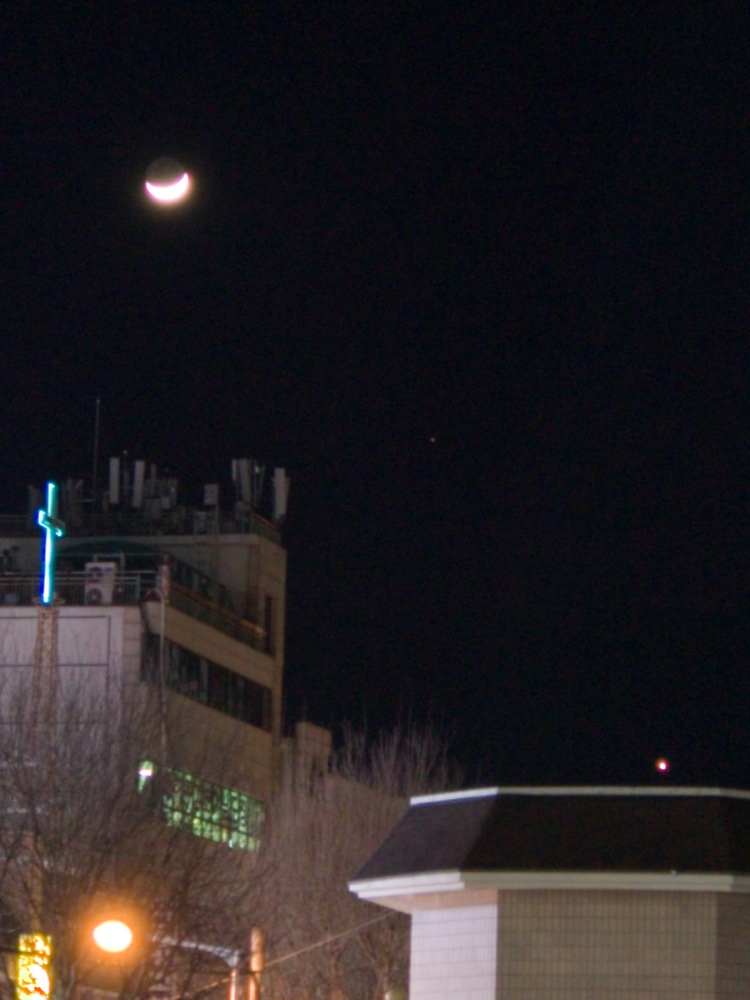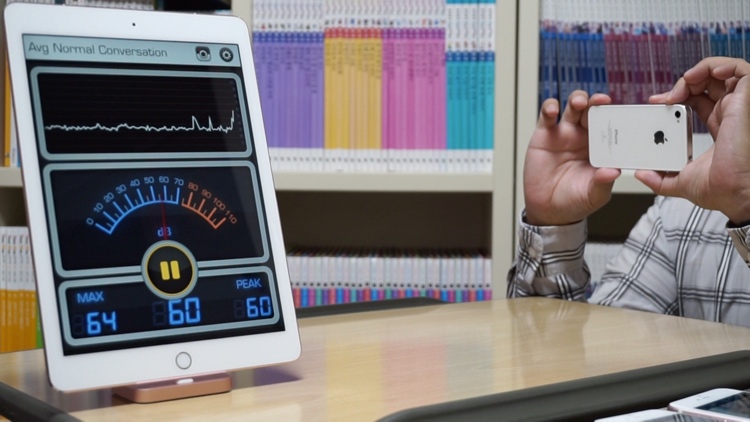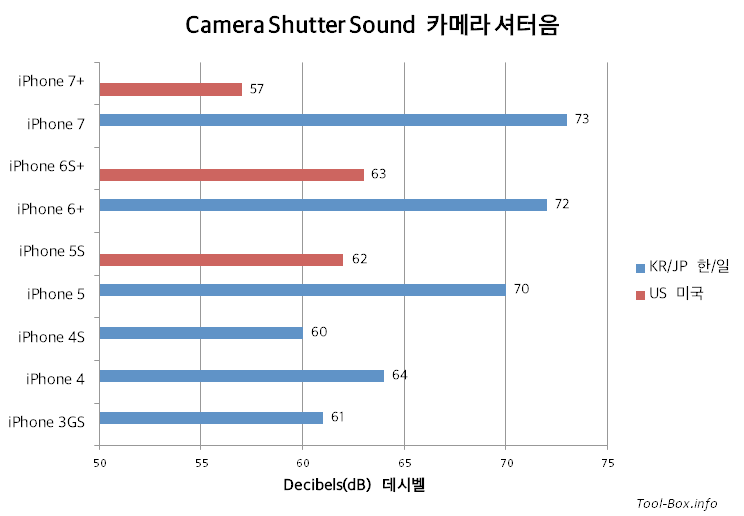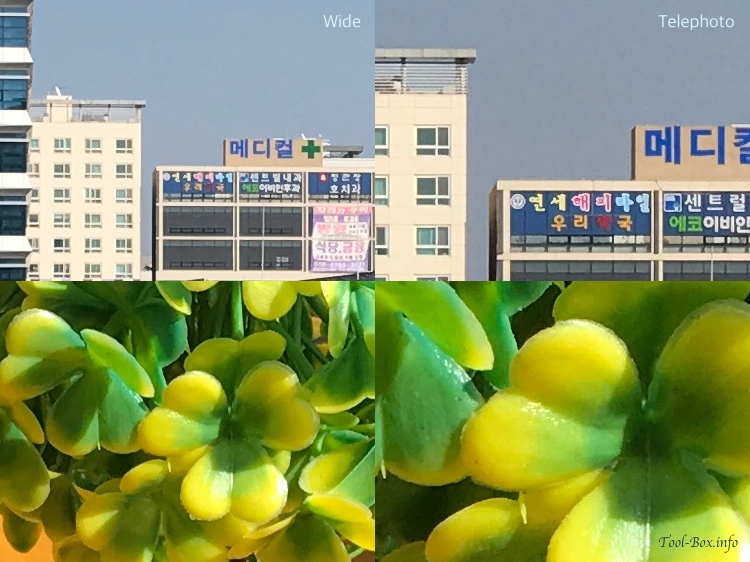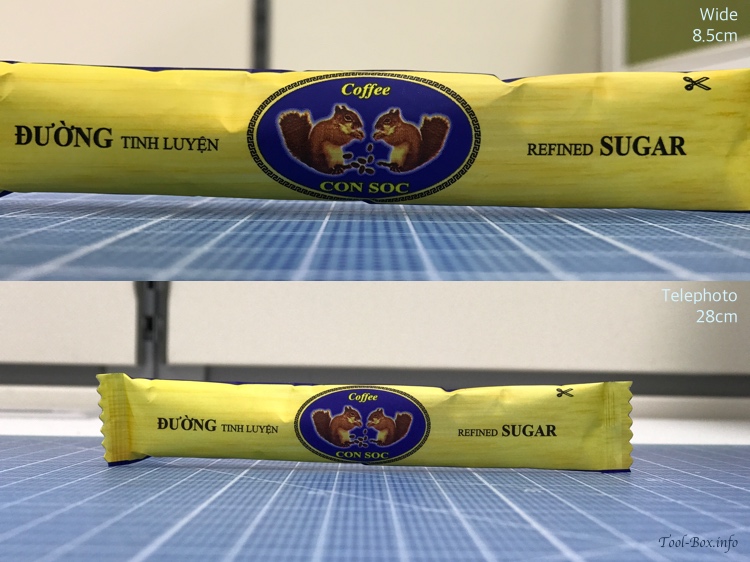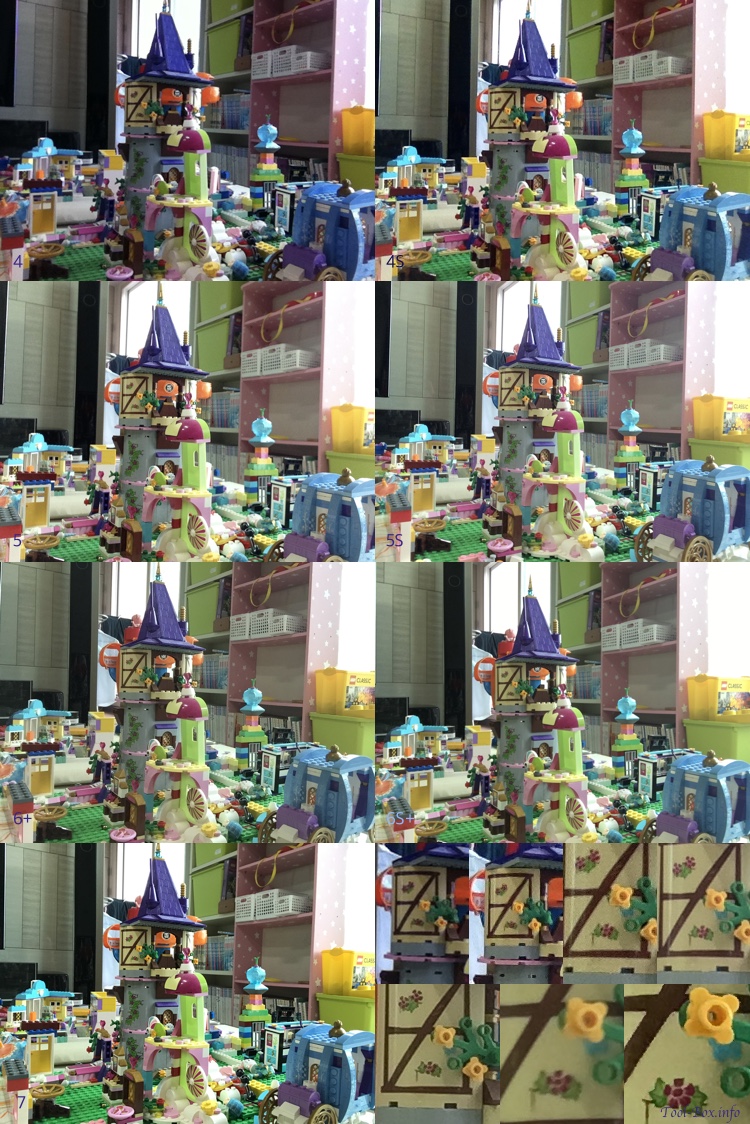Moon-Mars-Venus conjunction of 2017
Posted by Wesley onAs I dropped by Gwangju to catch a movie (I'll be posting a comic tomorrow), the western sky was adorned with an alignment of some of the bright bodies of the solar system as seen from the Earth - the Moon, Mars, and Venus. The occurrence was relatively well-publicized, but I forgot to carry a dedicated camera tonight. Luckily, the telephoto lens of the iPhone 7 Plus pulled through and I was able to capture this sight over the neighbourhood just before Venus dropped behind the buildings.
Device: iPhone 7 Plus
Settings: 56mm - ISO 1000 - 1/12s - f/2.8
Filters: None
Time: 2017-02-01 21:12 KST
Location: Gwangju, Korea
